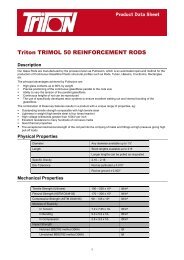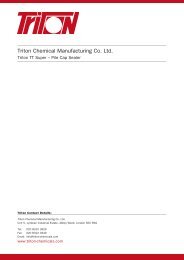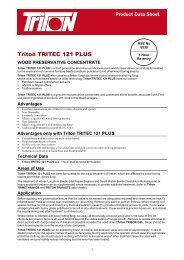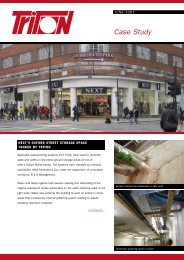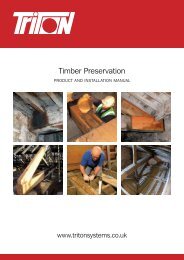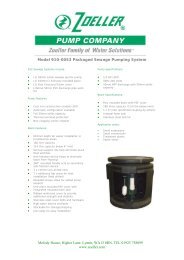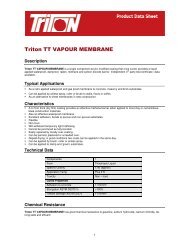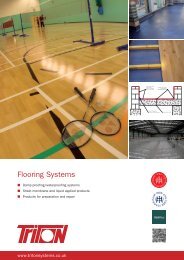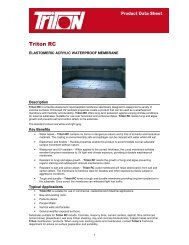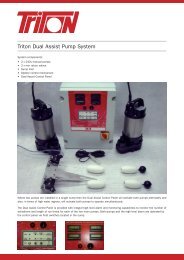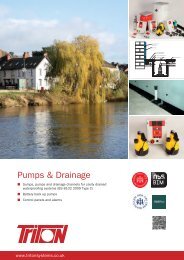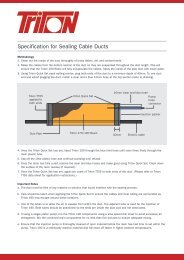Green Roofs - GreenSpec
Green Roofs - GreenSpec
Green Roofs - GreenSpec
- No tags were found...
You also want an ePaper? Increase the reach of your titles
YUMPU automatically turns print PDFs into web optimized ePapers that Google loves.
Table 1 Albedo of roofs and vegetation(after Littlefair et al. 2000)Surface Albedo 1<strong>Roofs</strong>Smooth asphalt (weathered) 0.07Asphalt 0.10 – 0.15Tar & Gravel 0.08 – 0.18Tile 0.10 – 0.35Slate 0.10Corrugated iron 0.10 – 0.16Highly Reflective roof after weathering 0.60 – 0.70VegetationDeciduous plants 0.20 – 0.30Dry grass 0.30Deciduous woodland 0.15 – 0.20Coniferous woodland 0.10 – 0.15In summer, air conditioners transfer hot air into the streets. A federal programme in theUnited States encourages building owners to tackle this problem by making roofs morereflective through the application of white pigments or by using vegetation. Vegetationshades buildings and has a higher albedo than most building materials and in additionprovides cooling through evapo-transpiration. Studies by Sacramento and Phoenix haveindicated that increasing tree cover by 25% can reduce afternoon air temperatures by between6 – 10˚C, and simulations of a 30% vegetation cover produced a midday ‘oasis’ effect,reducing temperatures by as much as 6˚C (Taha 1988). Gao (1993) has shown that vegetationin streets can reduce temperatures by 2˚C.Transpiration adds humidity to what is frequently uncomfortably dry city air. Vegetated roofsmay also cause a reduction in local wind velocities by increasing the surface roughness ofbuildings.1 The albedo is the ratio of radiation refl ected from a surface to the incoming radiation onto the surface.21



